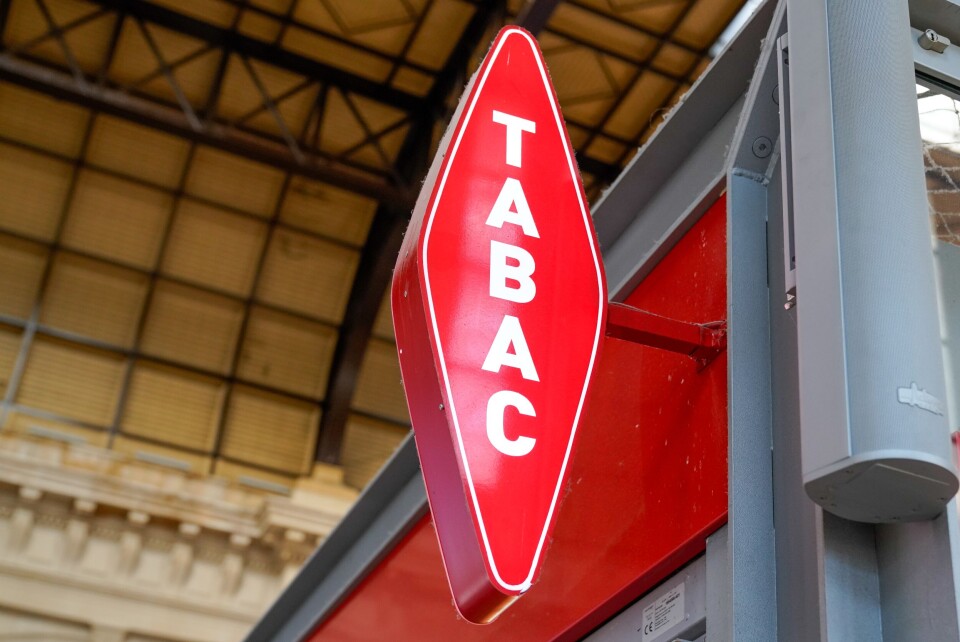-
Which internet provider is best for fixed and mobile coverage in France?
A recent study evaluated criteria including speed, uploads, latency, and streaming performance
-
Why it is becoming harder to park in urban areas in France
A new law is set to come into force this year
-
Chimney use set to be banned in 690 French communes
Open fires are considered to be some of the worst air polluters
Why is French tabac sign carrot-shaped?
Did you know? Roll up, roll up, we are about to tell you!

The symbol for a Bureau de Tabac is called a carotte rouge (red carrot) and has been the obligatory sign for these specialist shops selling cigarettes and tobacco since 1906.
Modern signs are more in the shape of an elongated diamond, but they have always been linked to a carrot.
One common reason given to explain the shape and name of this iconic French shop sign is the old practice of using carrots to keep tobacco moist.
However, the more likely explanation is that in the seventeenth and eighteenth centuries chewing tobacco was sold in rolls of compressed leaves in a shape similar to that of a carrot. The user then had to grate the tobacco.
The signs have never been coloured orange though. They were originally brown or red, but now they are always red.
In 2015, buralistes, angry at the change in the law which introduced neutral cigarette packets dumped tons of carrots in front of prefectures and government buildings, showing that they see the carrot as their symbol.
The first Bureaux de Tabacs opened in 1716, shortly after the arrival of tobacco in France in the mid-16th century. It was introduced by the French ambassador to Portugal, Jean Nicot, who grew tobacco in his garden.
He gave it in powder form to Catherine de’ Medici to give to her son, François II to cure his migraines. It was often called l’herbe à la reine or l’herbe à Nicot and it was regarded as a medicinal herb and drunk as a tisane.
France quickly understood the tax benefits of this new plant and in 1674, King Louis XIV’s astute Finance Minister, Colbert, made tobacco sales and its manufacture a state monopoly.
Tobacco was now grown in France, it was very popular, and good for the government’s coffers. From the very start Bureaux de Tabacs were controlled by the State. The monopoly was abolished by the Revolution, but Napoleon quickly re-instated it in 1810.
In 1809, the chemist Louis Nicolas Vauquelin (pictured, right) discovered tobacco’s active ingredient, nicotine, and he suspected it to be a poison.
In the 1830s, the cigarette arrived and it was cheap and accessible to everyone. By the mid-19th century doctors were already worrying about the health risks and the Association Française Contre l’Abus du Tabac was created in 1868.
Bureaux de Tabac are still controlled by the state and anyone wishing to open one has to apply to the Customs Department.
However, there are very few new applications and an increasing number of bureaux are closing as prices go up and the number of smokers goes down.
In 1970 there were nearly 49,000 bureaux in France. Today, there are around 28,000.
Earlier this year an agreement was drawn up to allow buralistes who run the Bureaux de Tabacs to apply for grants and advice to diversify and keep alive the tradition of the bureaux de tabac – found all over France with their symbolic carrot sign.
























